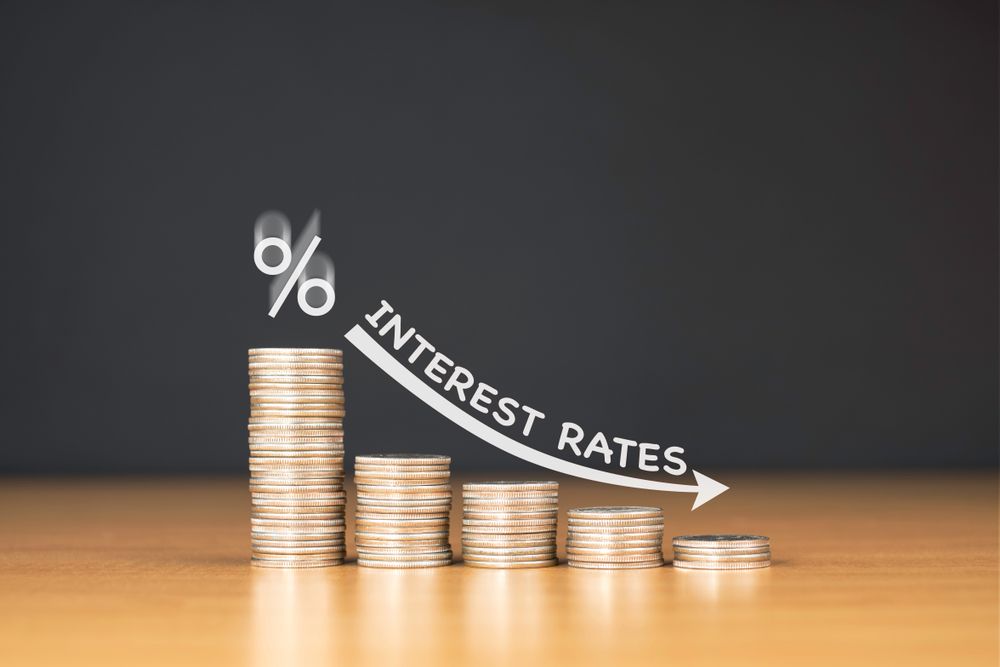
Interest rates are the heartbeat of the financial world, influencing everything from the global economy to our personal finances. As the central bank adjusts rates to keep the economy stable, these changes ripple through to the savings and loan products we use every day. Understanding how these fluctuations affect us can empower individuals and businesses to make smarter financial decisions. In this article, we’ll explore the diverse impacts of interest rate changes and what they mean for your wallet.
Understanding Interest Rates and the Economy
To comprehend the impact of interest rate changes, it’s crucial to understand the basics of what these rates are and why they fluctuate. Interest rates are essentially the cost of borrowing money. They are determined by a country’s central bank (like the Federal Reserve in the United States) and can fluctuate based on economic conditions. When the economy is growing too quickly and inflation is rising, the central bank may raise rates to cool things down. Conversely, when the economy is sluggish, it may lower rates to stimulate spending and investment.
The central bank’s rate changes influence the rates that commercial banks offer to consumers. Higher central bank rates lead to higher rates for loans and savings accounts, while lower rates have the opposite effect. These adjustments are made in the hopes of balancing economic growth and maintaining the purchasing power of the currency.
The Effect on Savings Accounts
When interest rates rise, savers typically rejoice. Higher rates mean that banks offer more attractive returns on savings accounts, certificates of deposit (CDs), and other savings vehicles. This encourages people to save more money, as they receive a greater reward for their frugality. However, it’s not all sunshine for savers; rising rates often come with higher inflation, which can erode the purchasing power of that interest income.
On the flip side, when interest rates fall, the incentive to save diminishes. Lower returns on savings accounts might encourage consumers to seek other investment opportunities with potentially higher yields, such as the stock market, real estate, or bonds. Nevertheless, a low-rate environment can be challenging for retirees and others who rely on interest income to cover their living expenses.
Impact on Loans and Mortgages
For borrowers, interest rate changes can either be a cause for celebration or a source of stress. When rates drop, loans become cheaper. This can be a boon for homebuyers who are looking to take out a mortgage or for businesses seeking to finance new investments. Cheaper borrowing costs can stimulate economic activity by making it more affordable for consumers and businesses to take on new debt for purchases and projects.
However, when rates rise, borrowers face higher costs. Existing variable-rate loans will see their interest payments increase, which can strain personal and business finances. For those looking to take out new fixed-rate loans, the cost of borrowing will be higher, potentially discouraging investment and large purchases like homes. This can slow down economic activity and can be particularly challenging for those with large amounts of debt.
Interest Rate Changes and Credit Cards
Credit card debt is one of the most sensitive types of debt to interest rate changes. Most credit cards have variable interest rates tied directly to the prime rate, which moves with the central bank’s rate. A hike in interest rates can make carrying a balance on credit cards significantly more expensive, which can quickly add up for consumers who are already struggling with debt.
On the other hand, when rates fall, credit card interest payments can decrease, providing some relief to borrowers. However, because credit card rates are generally much higher than other types of loans, the impact of a small decrease in rates may not be as noticeable. It’s always wise for credit card holders to pay off their balances in full, regardless of where interest rates stand, to avoid the high cost of compounding interest.
Planning for the Future in a Changing Rate Environment
Navigating a fluctuating interest rate environment requires both short-term and long-term financial planning. When rates are low, it might be an opportune time to lock in a fixed-rate mortgage or refinance existing loans. Conversely, when rates are high, it might be better to avoid taking on new variable-rate debt and focus on paying down existing loans.
Savers should consider diversifying their portfolios to include a mix of fixed-income and growth-oriented investments, adjusting the balance as interest rates change. For example, in a high-rate environment, locking in the rates with long-term CDs could be beneficial. In a low-rate environment, looking for alternative investments that can outpace inflation might be a wiser strategy.
Interest rates will continue to fluctuate, and their impact on savings and loan products will remain a critical aspect of financial planning. By staying informed and being proactive, consumers and businesses can navigate these changes effectively, ensuring financial stability and growth despite the ebb and flow of the economic tide.
Interest rate changes have a profound impact on savings and loan products, affecting everything from your savings account balance to your monthly mortgage payment. By understanding these impacts and planning accordingly, you can make informed decisions that will help you manage your personal or business finances through any economic climate. Stay vigilant, stay informed, and make interest rates work for you, not against you.
